Anchoring in ESEF reporting:
Fostering easy comparability
Fulfilling the EU’s broader goal for a single digital market strategy that includes requiring issuers to prepare their annual financial reports in a single electronic reporting format – the European Securities and Markets Authority (ESMA) introduced European Single Electronic Format (ESEF) based on the International Financial Reporting Standards (IFRS) Taxonomy.
The mandate for ESEF goes primarily for issuers whose securities are admitted to trading on EU-regulated markets. Importantly, this mandate requires that not only financial statements but the entire annual financial reports must be produced in ESEF format, whereby by default all such statements must be prepared in XHTML (eXtensible HyperText Markup Language) format. Where the financial statements (part of annual financial reports) are consolidated under IFRS standards, in addition, such statements shall be tagged with iXBRL (Inline eXtensible Business Reporting Language) format.
The ESEF taxonomy is primarily based on the taxonomy produced for IFRS financial reporting by the IFRS Foundation and is commonly referred to as the IFRS Taxonomy. Broadly speaking, we can compare ESEF taxonomy to a comprehensive dictionary that defines the elements and their relationships by using standardized language for reporting.
The introduction of ESEF has core advantages, among others:
- Simplified access and understanding of financial information
- Easier comparison of financial information across companies
- Reduced risk of fraud or financial data misrepresentation
Since ESEF taxonomy is open taxonomy, where if the issuer does not find an appropriate tag in the base set of taxonomy elements they are required to create a company-specific tag which is called an ‘Extension’. There comes the essential role of anchoring which establishes a link between the extension and the base taxonomy element, as per ESEF rules.
Having a critical meaning within ESEF reporting, anchoring ensures consistent and accurate financial information which is easily comparable across different fillers, time periods, and jurisdictions etc. The concept of ‘anchoring’ allows for the establishment of a reference point, enabling users to interpret financial data in a more effective and automated manner.
What is Anchoring and what purpose does it serve?
At its core, anchoring is an XBRL tagging requirement specified by ESMA for ESEF annual reports,
which means that any extension element created by the preparers must be linked to wider or narrower accounting elements in the ESEF reference taxonomy.
It provides a framework for aligning financial data with a standard set of definitions of business terms in alignment with the IFRS standards. This standardization facilitates the comparison and analysis of financial statements across different companies, industries, and jurisdictions even with non-standard taxonomy extension elements used in tagging of the reports. By anchoring the issuer’s extension taxonomy elements to core taxonomy definitions, ESEF reporting ensures that companies adhere to consistent reporting practices, promoting transparency and improving the quality of financial information available to stakeholders.

Example of the ATOME Forces views showing the number of IFRS core and extended taxonomy elements used on a bar graph.
What are the advantages of Anchoring?
- It assists with comparing financial statements that, presentation- and content-wise, are different. Standard taxonomies will share the elements that are used in tagging of the financial statements. In cases when the companies will not be able to select appropriate element from the core taxonomy, they will need to create extension elements, that without additional context are hardly comparable in an automated manner.

Example of the view provided by ATOME Forces for the comparison of both IFRS elements and extended elements list.
- Anchoring allows the machines to give more meaning to extension elements regardless of how they are named since every extension element must be anchored to the core taxonomy element and its accounting meaning.

A comprehensive view of wider or narrower accounting elements in the ESEF reference taxonomy provided by ATOME Forces.
- It contributes to the long-term vision of ESEF reporting, which includes machine readability of financial data in its entirety.
- Limit the need of creating extension elements as with anchoring imposed, issuers in search for appropriate core taxonomy elements to anchor their extensions to, may realize that certain extensions are not required at all.
- Anchoring information is envisaged to assist the regulators to establish commonly used extension concepts created by issuers, and empower them to make informative decisions on incorporating new core taxonomy elements to support common reporting practices of the companies.

Powerful ESEF Data Analytics delivered by ATOME Forces
ATOME Forces can help you to compare market practices in anchoring. It is an analytic web-based service designed to streamline the preparation and auditing process of XBRL reports. Combined with Power BI capabilities, the solution enables companies preparing/auditing ESEF reports to access meaningful analytical views and conduct comparisons of ESEF filer’s common practices. Within the tool, you can preview common practices in aspects like block tagging explanatory notes, creating extensions, anchoring extensions to the IFRS core elements, analyze common errors and warnings identified in the ESEF reports.
Speak to BR-AG tech experts to discover ways to start using intelligent analytics for your ESEF data or request a comprehensive demo of ATOME Forces.


